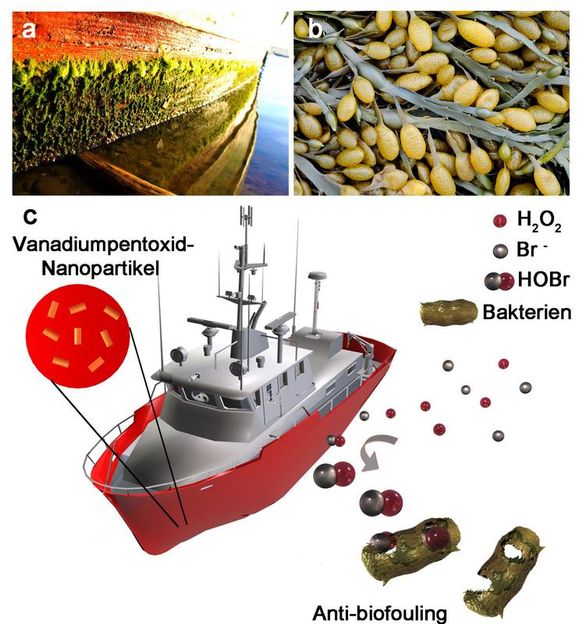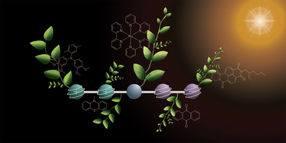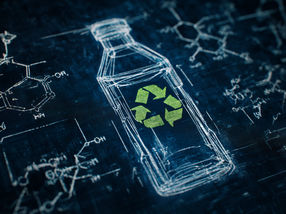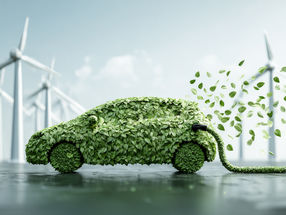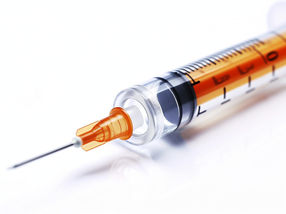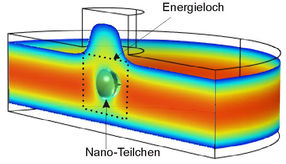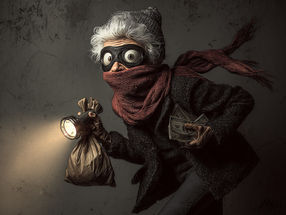When bubbly goes bad before popping the cork
Advertisement
In the rare case that New Year's revelers have a bottle of leftover bubbly, they have no way to tell if it'll stay good until they pop the cork and taste it at the next celebration. But now scientists are reporting a precise new way for wineries — and their customers — to predict how long their sparkling wines will last. The study appears in ACS' Journal of Agricultural and Food Chemistry.
Montserrat Riu-Aumatell and colleagues explain that the shelf life of various sparkling wines, from champagne to prosecco, depends on environmental factors such as temperature. Currently, wineries detect the so-called browning of bubbly by measuring its "absorbance," or its absorption of light at a particular wavelength. It's a fast and easy technique but not very sensitive. Researchers exploring the chemistry of sparkling wine are turning to the food industry for alternatives. Food manufacturers can measure a compound called 5-HMF, which builds up in food as it goes bad, to tell when to toss a product out. Riu-Aumatell's team decided to see if they could use the compound, which is also found in bubbly, to predict the shelf life of sparkling wines.
They tested levels of this browning compound in several bottles stored over two years at different temperatures: room, cellar (61 degrees Fahrenheit) and refrigerator (39 degrees Fahrenheit). Their study found that 5-HMF is a good indicator of freshness, and also that refrigerating sparkling wines almost completely prevented browning. To make their results more practical for wineries, the researchers came up with a mathematical model that predicts how long products will stay drinkable at varying storage temperatures.
Most read news
Organizations
Other news from the department science
These products might interest you
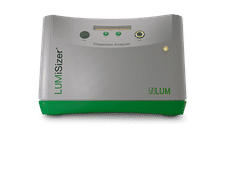
LUMiSizer by LUM
The Versatile Particle and Dispersion Analyser: At-Line, in the Process and in the Laboratory
Comprehensive analysis of nano / microparticles & their interactions in dispersions with 1 instrument

Kautex Standard Packaging Catalog by Kautex Textron
KAUTEX Container Program – Plastic Bottles and Containers from 10 ml to 60 l
Successful Products for Laboratories and the Chemical, Pharmaceutical, Food & Cosmetic Industries

Get the chemical industry in your inbox
By submitting this form you agree that LUMITOS AG will send you the newsletter(s) selected above by email. Your data will not be passed on to third parties. Your data will be stored and processed in accordance with our data protection regulations. LUMITOS may contact you by email for the purpose of advertising or market and opinion surveys. You can revoke your consent at any time without giving reasons to LUMITOS AG, Ernst-Augustin-Str. 2, 12489 Berlin, Germany or by e-mail at revoke@lumitos.com with effect for the future. In addition, each email contains a link to unsubscribe from the corresponding newsletter.
Most read news
More news from our other portals
Last viewed contents
National_Institute_for_Nanotechnology
Dawood_Hercules_Chemicals_Limited
Thallium(I)_sulfate
Chemists allow boron atoms to migrate - Researchers present carbon-carbon couplings in which the semi-metal boron is retained
Lone_pair
Mermin-Wagner_theorem
